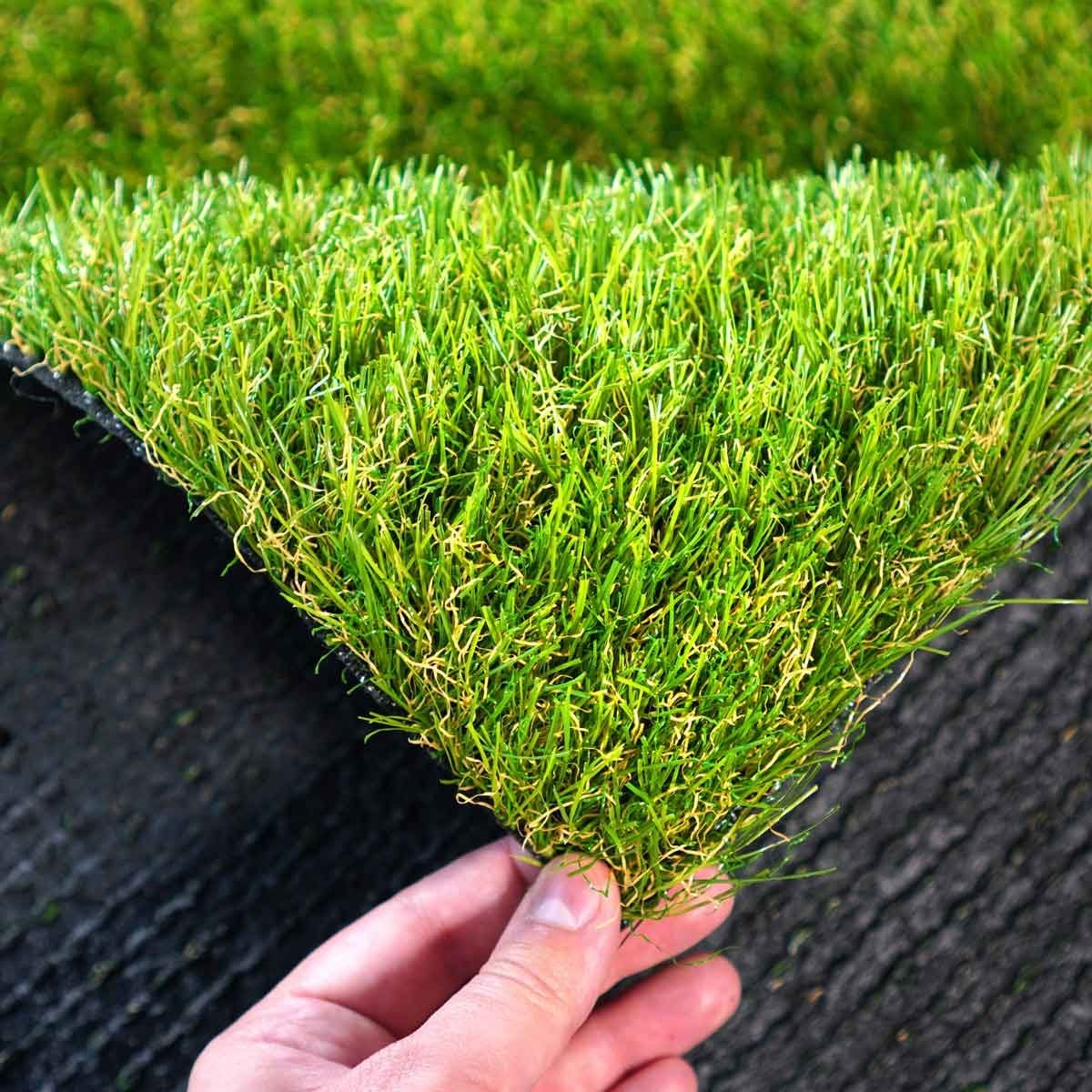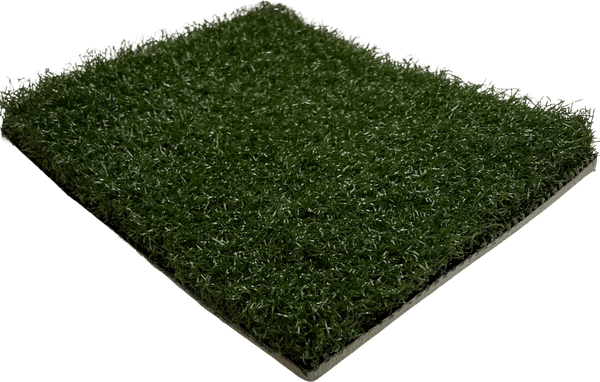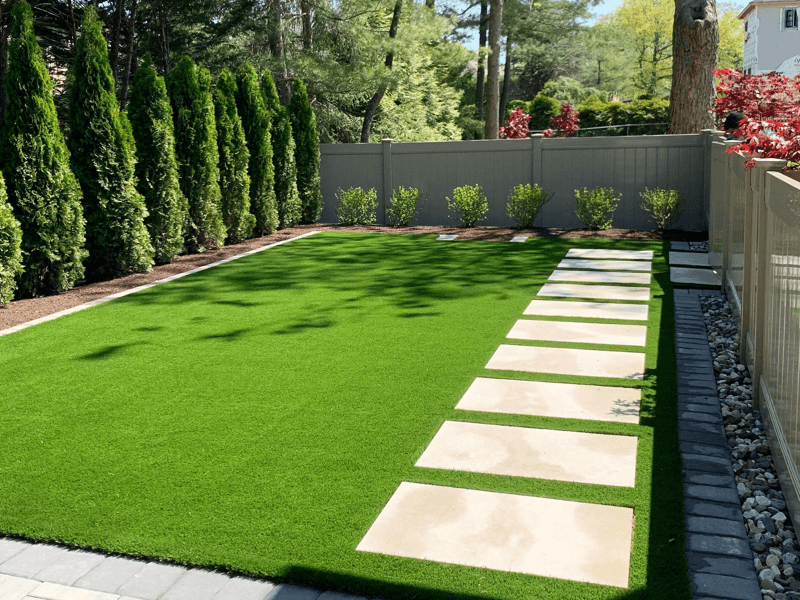Professional Arizona Turf Installation Services for Residential and Business Use
Professional Arizona Turf Installation Services for Residential and Business Use
Blog Article
Look Into the Environmental Conveniences of Opting for Synthetic Grass Solutions
The fostering of synthetic turf services presents an engaging chance to deal with pressing environmental obstacles. By substantially minimizing water use and decreasing the application of unsafe chemicals, these options not only advertise lasting landscaping however likewise secure regional environments. Additionally, the reduced carbon impact associated with decreased maintenance tasks adds to a more lasting approach to land administration. Nonetheless, the effects of these benefits extend beyond plain conservation initiatives, questioning concerning their long-term influence on environment conservation and overall eco-friendly equilibrium. Checking out these dimensions exposes an intricate interplay worth taking into consideration.
Water Conservation Perks
Among one of the most substantial benefits of synthetic grass is its capability to save water. Conventional yard yards call for significant watering, particularly in areas susceptible to drought or water restrictions. In comparison, man-made lawn does not require watering, considerably decreasing the overall need for water sources. This function is particularly useful in arid regions where water deficiency is a pressing issue.
By eliminating the demand for regular watering, fabricated lawn adds to lasting landscape methods and aids mitigate the environmental effect of excessive water usage. Furthermore, the conservation of water includes the decrease of runoff, which can cause soil disintegration and river pollution.
In addition, the installation of synthetic grass allows house owners and districts to allocate water resources extra efficiently, focusing on necessary usages such as drinking water and farming. The change in the direction of synthetic grass not just advertises responsible water usage but likewise straightens with broader environmental goals aimed at protecting all-natural sources.
As areas significantly focus on sustainability, the water conservation benefits of man-made grass provide an engaging case for its adoption in residential and commercial landscaping jobs.
Reduced Chemical Usage
The transition to man-made lawn dramatically lowers the dependence on chemical treatments generally made use of in all-natural lawn upkeep. Conventional lawn administration usually involves the application of fertilizers, herbicides, and pesticides to promote growth and control bugs. These chemicals can position risks to human health, neighborhood wildlife, and the environment, adding to dirt and water contamination.
In contrast, fabricated turf removes the requirement for these damaging compounds. By minimizing the launch of synthetic substances into the ecological community, synthetic grass promotes much healthier dirt and water systems.
Furthermore, the lack of chemical drainage connected with synthetic grass setups helps protect regional rivers from pollution, supporting marine life and keeping biodiversity. Turf installation phoenix az. As neighborhoods significantly prioritize lasting practices, choosing for synthetic grass presents a sensible service that straightens with ecological preservation goals. Via this shift, building owners can enjoy lavish eco-friendly areas without endangering eco-friendly wellness, leading the way for an extra lasting future
Reduced Carbon Impact

Furthermore, the installation of synthetic grass can result in significant water conservation. All-natural grass need significant amounts of water for irrigation, which not only contributes to the carbon footprint connected with water extraction and therapy yet also stress local water sources. In contrast, synthetic grass needs marginal maintenance, needing no watering, thus significantly decreasing water usage and its associated power expenses.
In addition, the durability of synthetic grass contributes to its reduced carbon effect. With a life expectancy of up to 15 years or more, the need for frequent substitutes is diminished, causing much less waste and reduced power usage in production and getting rid of standard turf options. Overall, synthetic grass provides a lasting alternative for ecologically aware landscape design.
Environment Preservation
Habitat preservation is a crucial consideration in the discussion over landscaping selections, especially when comparing synthetic lawn to all-natural grass. Natural yard lawns frequently call for considerable maintenance, including the usage of plant foods, chemicals, and herbicides, which can adversely affect neighborhood environments. These chemicals can seep into the soil and rivers, damaging indigenous flora and fauna and disrupting regional environments.
Synthetic turf eliminates the need for damaging chemicals, consequently shielding close-by wild animals and maintaining the stability of bordering ecological communities. The installation of artificial lawn can lead to the conversion of former grass areas right into more biodiverse landscapes, such as pollinator gardens or indigenous plant locations, which can sustain local wildlife.
Eventually, the transition to synthetic grass not only saves water and decreases maintenance efforts however additionally promotes a much more unified connection in between human activities and the all-natural environment, promoting habitat conservation at the same time.
Long-Term Sustainability
Long-term sustainability is a vital consider examining the benefits of artificial turf over standard lawn lawns. Among one of the most significant benefits of artificial lawn is its toughness; it can last as much as 15-20 years with minimal maintenance, whereas all-natural lawn requires constant reseeding and substitute. This durability reduces the requirement next page for constant resources, such as water, fertilizers, and pesticides, which are crucial for keeping a healthy see this page grass lawn.
Furthermore, synthetic lawn contributes to a reduction in carbon emissions connected with lawn care devices. Typical lawns frequently need gas-powered lawn mowers, trimmers, and blowers, every one of which add to air contamination. Turf installation phoenix az. In contrast, synthetic grass gets rid of the requirement for such devices, promoting a cleaner environment
In addition, the production of synthetic grass progressively utilizes recycled products, boosting its sustainability account. As makers embrace green techniques, the ecological footprint of artificial lawn remains to reduce.

Final Thought
The adoption of synthetic grass services provides considerable ecological advantages, including considerable water preservation, decreased reliance on unsafe chemicals, and a lower carbon impact. Additionally, synthetic grass aids in maintaining all-natural environments by decreasing land disruption and advertising long-term sustainability through making use of long lasting products. Jointly, these aspects highlight the possibility of artificial turf to contribute positively to ecological health and offer a sensible option to traditional landscape design practices in Turf installation phoenix az a progressively resource-conscious world.
In contrast, man-made grass does not need watering, substantially lowering the general need for water resources. By reducing the launch of synthetic compounds into the ecosystem, man-made grass promotes healthier dirt and water systems.
Moreover, the installment of fabricated grass can result in substantial water conservation. In contrast, synthetic lawn requires marginal maintenance, calling for no watering, thus substantially reducing water usage and its associated power costs.

Report this page